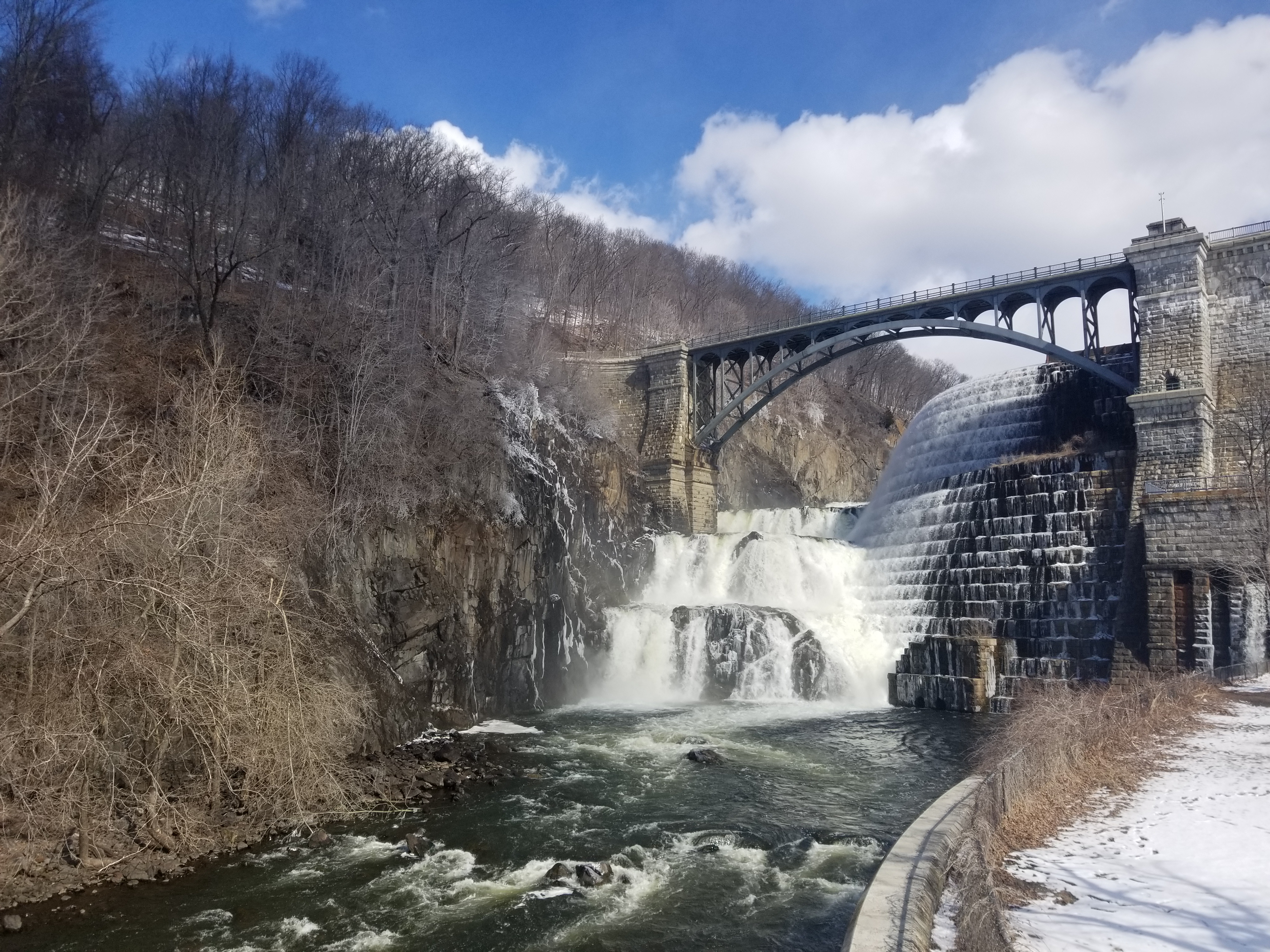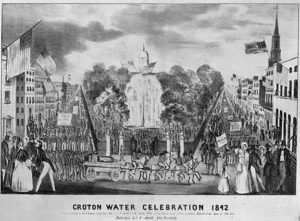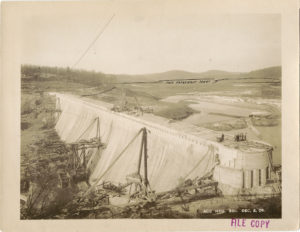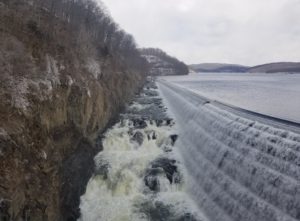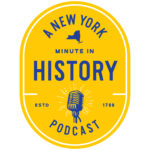
A reservoir system capacity of 570 billion gallons. A watershed area that covers 1.2 million acres. And a supply that is 90 percent unfiltered. The parameters of New York City’s drinking water infrastructure are astounding, but the story behind the system is much more fascinating. It’s a tale that involves engineering feats, colliding cultures and even Aaron Burr. On this episode of A New York Minute In History, co-hosts Devin Lander and Don Wildman detail how water from the Hudson Valley saved New York City and allowed it to be become the financial and cultural capital of the world.
Thanks to University of Wisconsin-Eau Claire Professor Dr. David Soll, Adam Bosch of the New York City Department of Environmental Protection, Croton-on-Hudson Village Historian Marc Cheshire and Tom Tarnowsky of Friends of the Old Croton Aqueduct for their help with this episode.
Dana Kerdesky, an intern at the New York State Museum, contributed to this episode.
Music used in Episode 6 of A New York Minute In History includes “Begrudge” by Darby, “Parade Shoes” by Arc and Crescent” and “Hash Out” by Sunday at Slims.
A New York Minute In History is a podcast about the history of New York and the unique tales of New Yorkers. It is hosted by Devin Lander, the New York State Historian, and Don Wildman. Jim Levulis is the producer. A New York Minute In History is a production of the New York State Museum, WAMC Northeast Public Radio and Archivist Media.
Support for this podcast comes from the William G. Pomeroy Foundation®, which helps people celebrate their community’s history by providing grants for historic markers and plaques. Since 2006, the Foundation has expanded from one to six different signage grant programs, and funded over 800 signs across New York State and beyond … all the way to Alaska! With all these options, there’s never been a better time to apply.
The Foundation’s programs in the Empire State include commemorating national women’s suffrage, historic canals, sites on the National Register of Historic Places, New York State’s history, and folklore and legends. Grants are available to 501(c)(3) organizations, nonprofit academic institutions, and municipalities. To apply for signage at no cost to you, or to learn more about the Foundation’s grant programs, visit WGPfoundation.org.
The project is also sponsored by a Humanities New York Action Grant with funds from the National Endowment for the Humanities. Any views, findings, conclusions or recommendations expressed in this program do not necessarily represent those of the National Endowment for the Humanities.
